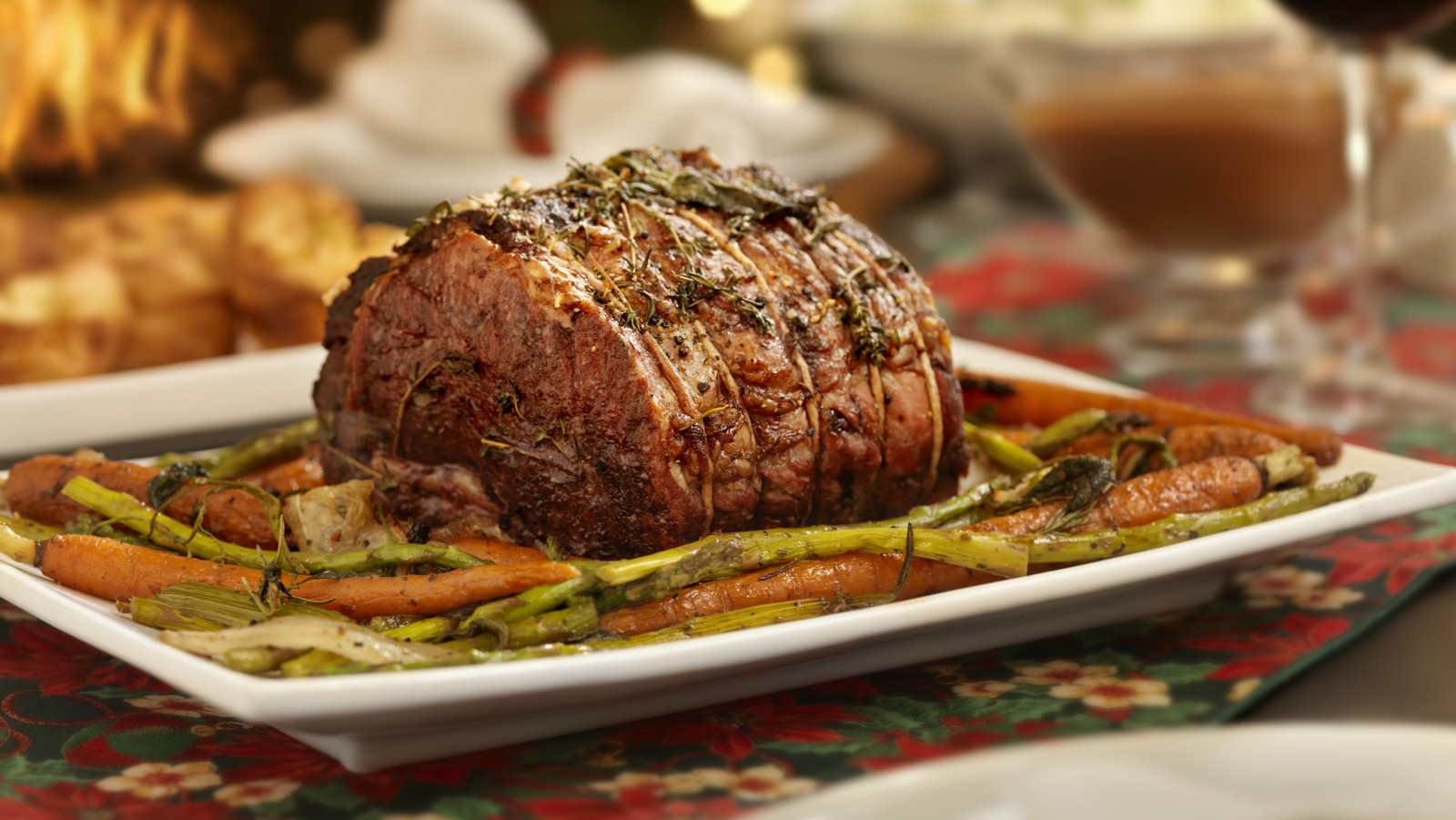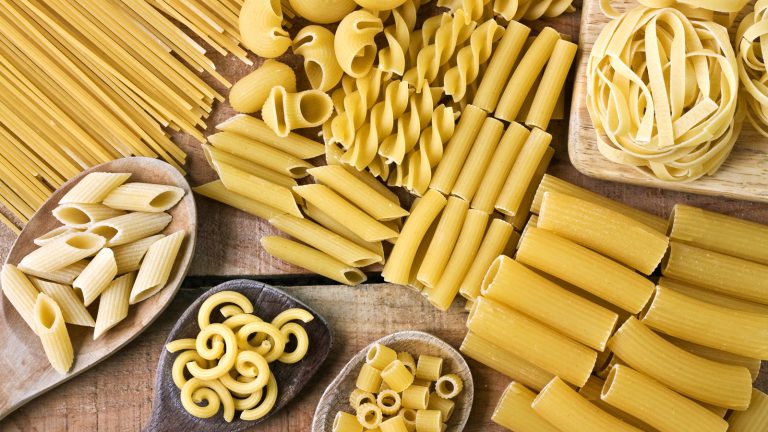When you’re looking to buy prime rib roast, the stakes are high. More than most cuts of beef, prime rib is an investment, it’s expensive and probably going to end up being the centerpiece of a big meal, so you want to get it right. There is plenty of advice out there for cooking a perfectly tender prime rib, but getting the best result starts at the butcher counter. It’s not just as straightforward as getting a high-quality cut, you also have to choose whether boneless or bone-in is right. So to help us figure out how to make that choice, we reached out to an expert, chef Matthew Stowe of Joey Restaurants.
Stowe told us that there are some advantages to both boneless and bone-in prime rib and that the choice ultimately comes down to what you personally want from a recipe. According to him, “Anytime you’re cooking something on a bone, you’re always going to get the best flavor out of it, but depending on the application, it’s easier to work with a boneless piece.” Stowe also suggested that if you know the end result you are looking for, you can ask your butcher for their opinion on whether bone-in or boneless prime rib is the better option. And while the recipe you are working with is the biggest determinate, there are other factors related to presentation and your experience in the kitchen that Stowe says you should consider.
Bone-in prime rib can mean more flavor, but boneless can be easier to cook
While bone-in prime rib can be a show stopping centerpiece, it’s not always as easy to handle. “It’s certainly easier to carve later on if it’s off the bone, and it cooks up nice and evenly that way,” Stowe says. “So for someone that is maybe a little bit less experienced in the kitchen, [it’s] probably an easier and better way to go.” Boneless also has an advantage with price, which is not a small consideration with prime rib. Stowe explains, “If you don’t have use for the kind of area in between the bone in the rib area, you’re also kind of paying for something that you don’t really necessarily want to use.” And if you do go boneless, he also advises tying prime rib up to get a good looking and even shape.
However, Stowe does say that you shouldn’t let the challenge of bone-in prime rib scare you away. Compared to years past, you can get many questions about prime rib answered online or on YouTube. “There’ll be a million different techniques and tricks out there on how to cook it and what to serve with it, all that stuff. So all that information is right at our fingertips now,” Stowe told us. “You can become a really great home cook fairly easily if you have the time.”
Boneless or bone-in prime rib both benefit from from a thick cap
No matter which form of prime rib you decide is best for you, Stowe had some additional advice for choosing the best prime rib roast. He told us “When you touch the meat, it should spring back, but I think the big thing with prime rib is you want to look for the color of the meat being a really nice deep red.” Both of these tests will tell you how long the prime rib has been sitting on display, as the color will turn a lighter pink and then gray as its exposed to oxygen, and the texture will be softer and retain indentations longer.
The big thing Stowe told us to look at is the ribeye cap of the prime rib, which is the meat outside of the ring of fat around the central “eye.” He explained, “I always judge it on how big the cap is because you really want a nice thick cap over the eye. … So I like to choose one with kind of a thicker cap on the outside.” You’re already springing for prime rib, why not take care to make sure you’re getting the best of the best?







